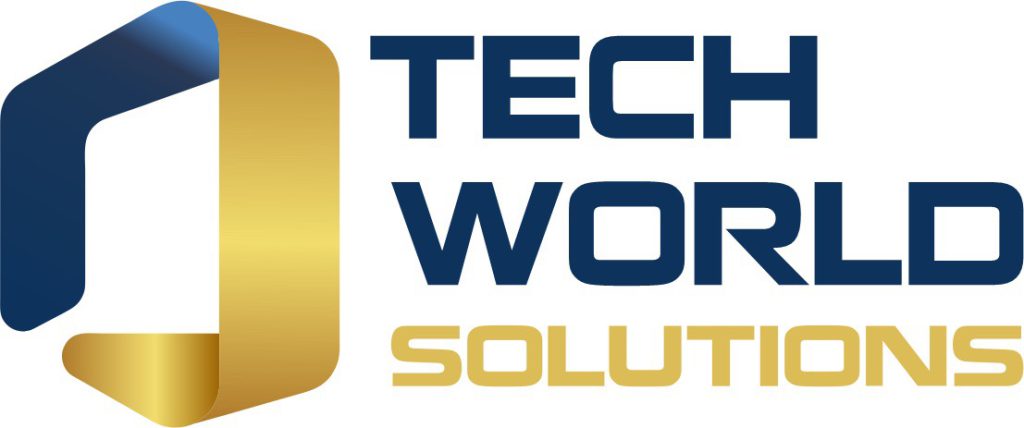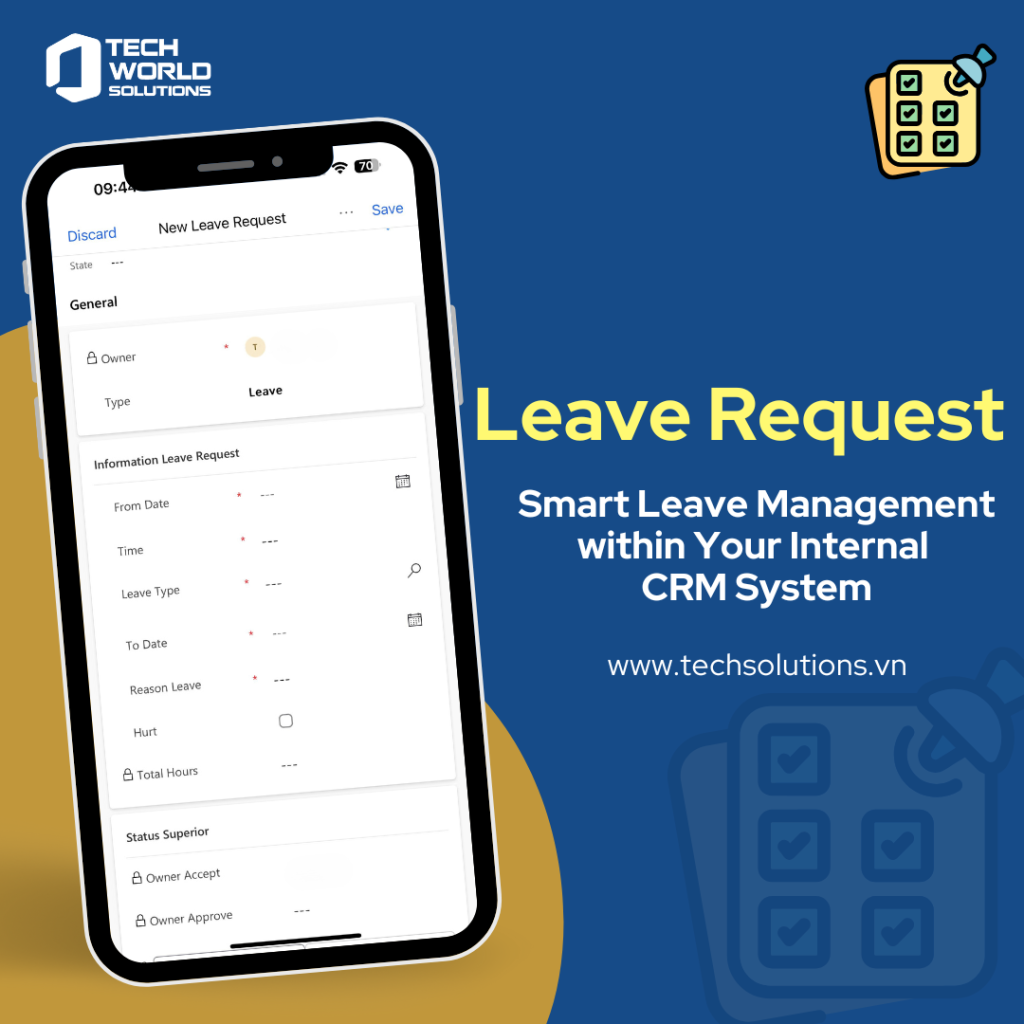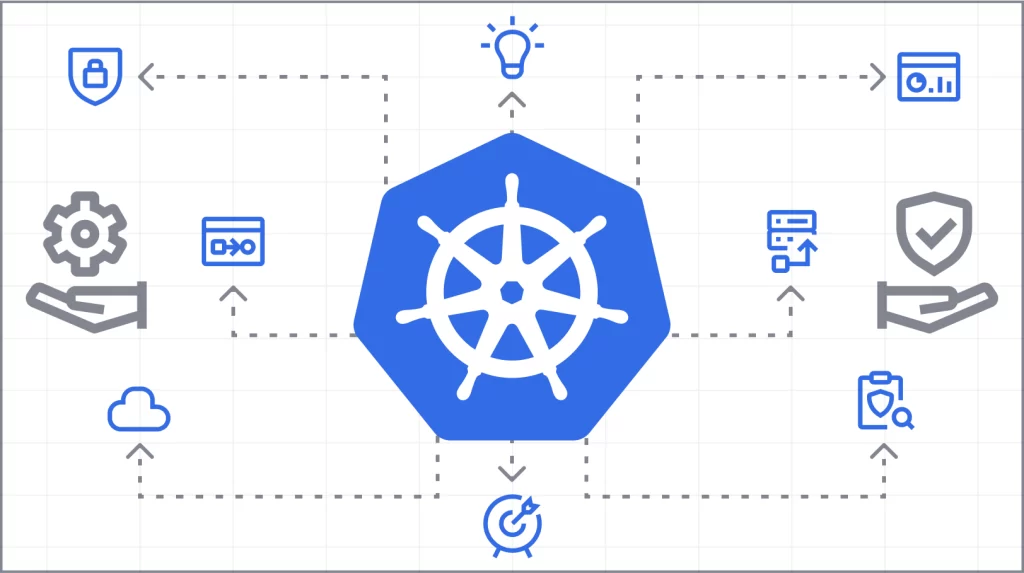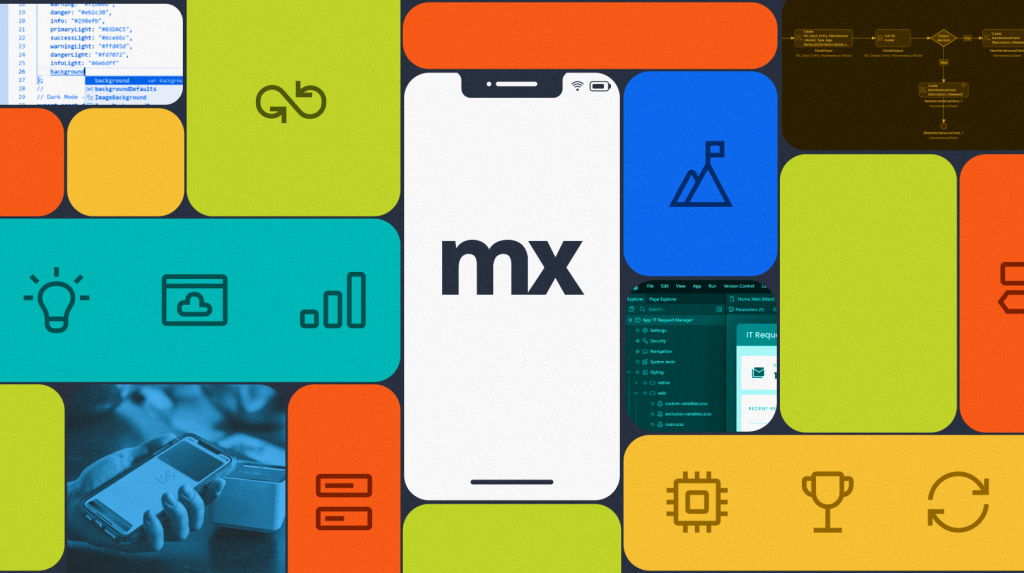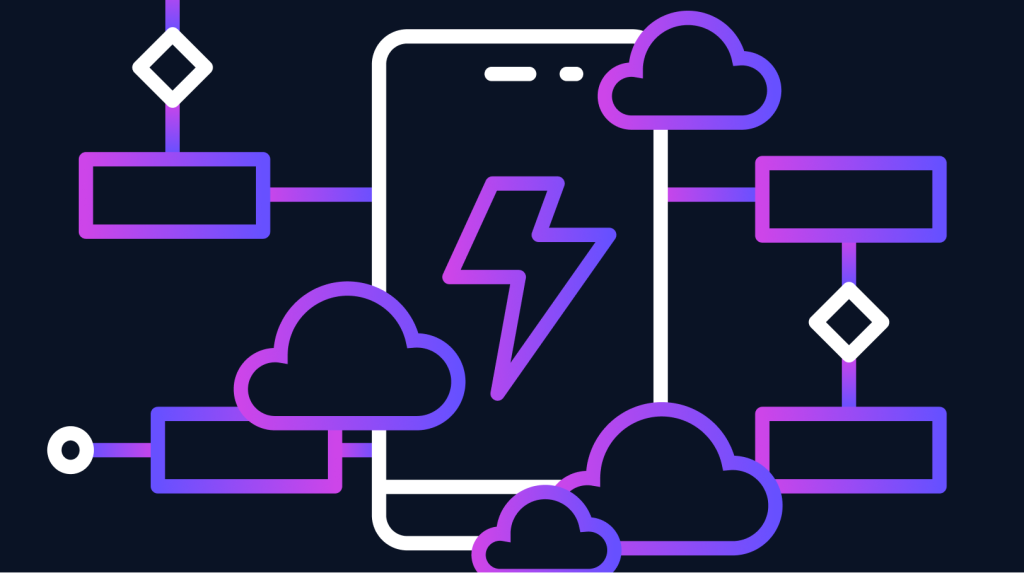How AI is Shaping the Future of the Software Development Lifecycle
In 2021, GitHub and OpenAI released GitHub Copilot, an AI-assisted development tool that completes code across many popular IDEs.
Copilot arrived to an excited reception, an enormous signal for how important AI is to coding. That’s a small part of the picture, however.
What organizations overlook is how impactful AI can be to the entire software development lifecycle (SDLC). Not just development. AI can — through guidance, assistance and generation — improve every facet of the SDLC.
3 ways AI-assisted development boosts developer productivity
Before we look at how AI can impact the entire SDLC, we need to see how AI affects developer productivity.
While most assume it’s about speed of project completion, GitHub dug into this claim. They discovered that developer productivity is not only about speed. “The ability to stay focused on the task at hand, make meaningful progress, and feel good at the end of a day’s work” is how developers define productivity. Or as GitHub describes it: the flow.
A survey by McKinsey reiterates the importance of AI—specifically generative AI—on developer productivity and being in the flow.
For example, generative AI can help developers complete coding tasks up to 45% faster than without it.
94% of developers agreed that they were in the flow using generative AI, versus the 55% who were in the flow without it.
It’s clear that AI-assisted development is the way for developers to stay in the flow. There are three main reasons for this: Guidance, assistance, and generation.
1. Guidance increases productivity
AI-assisted development enhances productivity by giving developers built-in intelligent chat bots within an IDE. This allows developers access to information without having to leave their environment.
With this, developers can cut down on time spent searching for answers that often crop up during development.
2. Assistance enforces best practices
AI developer assistants can offer real-time code suggestions and autocompletions based on context. These can speed up the development process. AI-assisted development can identify syntax and logic errors and potential bugs in real time as developers program.
Most importantly: AI assistance can enforce best practices and standards to help ensure speed, quality, and security.
3. Generation creates bandwidth
As the most buzzworthy type of AI in recent memory, generative AI lets developers generate code with a mere prompt. With such capability, developers can automate manual, tedious development tasks.
GitHub’s research suggests that letting AI-assisted development handle the “boring and repetitive” work in development opens the door for more meaningful and creative problem-solving.
AI-assisted development across the SDLC
Guidance, assistance, and generation doesn’t just apply to development.
Limiting the benefits of AI to just the development portion of the SDLC means you’re limiting the value you can gain from AI.
You don’t want to just develop faster as an organization. You want to deliver faster, too. AI’s potential extends far beyond coding, impacting areas like:
- Project management
- Design
- Testing
- Deployment
- Maintenance
- App performance monitoring
- Issue resolution
The stages are full of repetitive tasks that are ripe for automating. According to Gartner, AI-assisted development tools “allow software engineers to focus their time, energy and creativity on high-value activities like feature development.”
You need to infuse AI into your entire SDLC. This way, you can realize greater efficiencies, improved quality, and faster time-to-market.
Let’s see how guidance, assistance, and generation apply to the rest of the SDLC.
Guidance increases awareness and knowledge-sharing
Organizations can leverage AI to optimize planning and resource allocation but also predict project timelines, identify potential risks, and recommend mitigation strategies. This helps organizations take a more proactive approach to minimizing delays.
If you have the data to do it, you can use AI to analyze past project data and gain insights and lessons learned. The more insights, the more continuous improvement you make in project execution.
The SDLC can be a siloed journey. But AI certainly affects a lot of people across it.
- Dev managers can better compose their teams with the help of AI identifying the right skills sets
- Product owners can use AI to help prioritize based on user and stakeholder feedback
- Developers can kick off projects with starter templates generated by AI.
AI supports those roles by allowing you to create a centralized knowledge base that bridges the gaps between each section of the lifecycle. You can store solutions to common problems, FAQs, and project-specific information that all team members can access through AI assistant.
Assistance streamlines DevOps
AI enables DevOps teams to achieve greater reliability, efficiency, and agility. How? With task automation, process optimization, and insights. We’re seeing a lot of AI-driven tools streamline CI/CD pipelines. This helps reduce errors and speed up releases.
AI allows you to deliver at the right moment. To assist you in the iteration stage, imagine using AI to generate an NPS-like survey that gets delivered to the right users at the right moment. This lets you make more data-driven decisions for what to do next.
Organizations can use AI to analyze operational data to then predict and prevent system failures, ensuring proactive resolution. From a project and personnel management perspective, organizations can use AI to optimize resource allocation, improving efficiency and reducing costs.
When it comes to succeeding with software, application portfolio management plays a key factor. Crafting business cases can be challenging as not everyone can expertly articulate their ideas or needs into a structured business case. Poorly formed business cases can result in missed opportunities.
One way that organizations can leverage AI in their portfolios is to better generate structured business cases, one that captures an idea and makes it portfolio-ready so that you can turn it into an outcome. When you have a lot of ideas, AI can also help you predict the next best investment out of that list.
Generate more than code
Generative AI can revolutionize the SDLC by automating and enhancing all of its stages. It has the potential to:
- Generate project plans
- Create wireframes and prototypes
- Suggest design improvements
Generative AI can facilitate communications between team members at every stage of the SDLC.
In testing, teams can automate test case generation, execution, and bug detection. The result of this being that they’re improving the quality of the software and the speed of testers and QA professionals.
During deployment, you can use AI to optimize CI/CD pipelines for more efficient releases.
Organizations can leverage generative AI to help predict issues, suggest fixes, and automate routine tasks.
Generative AI can generate and optimize user stories for you. But not only that. Imagine a world where organizations can take those user stories further and generate data models, UI, and logic to begin software projects even faster.
Going with the flow
GitHub’s Copilot is such a fascinating sign of what AI-assisted development can bring. 73% of the 2000 developers surveyed by GitHub indicated they were more in the flow while using Copilot. 88% reported faster completion of programming projects. 74% were able to focus on more satisfying work.
Happier developers are a gift for your organization…and your competitors’, too. It’s better to hop onto the AI train sooner rather than later when it comes to your SDLC.
Gartner predicts that by 2027, 50% (up from 5%) of software engineers will be using machine learning-powered coding tools. That’s a lot of productive developers.
Imagine that across the entire SDLC.
The faster you develop solutions, the faster they start to generate value. The beauty of AI-assisted development is that it doesn’t just have to benefit development.
Thinking beyond AI-assisted development and developer productivity is going to help you increase your value and time-to-value exponentially.
Bài viết cùng chủ đề:
-
Leave Request – Quản lý nghỉ phép thông minh trong một mô-đun CRM duy nhất
-
Techworld Solutions Đồng Hành Cùng UTE Trong Đào Tạo Nhân Lực Chất Lượng Cao
-
Microsoft Office chính thức chuyển thành Microsoft 365
-
Epicor Asia & Techworld Solutions Vietnam Chính Thức Công Bố Quan Hệ Đối Tác Chiến Lược, Mở Rộng Hệ Sinh Thái Giải Pháp Tại Việt Nam và Khu Vực
-
Chúc mừng đội ngũ Microsoft!
-
Giá trị của Microservices Doanh Nghiệp với Low-Code
-
Sự Tiến Hóa Tiếp Theo Của Mendix Cloud: Đón Nhận Kubernetes Để Xây Dựng Nền Tảng Sẵn Sàng Cho Tương Lai
-
Optimizing Production with Epicor ERP – Specialized Solutions for Complex Industries
-
Addressing the Knowledge Gap
-
AI-Assisted Development in Action with Mendix
-
Empowering Mobile Innovation
-
How to Upgrade Legacy Systems to Compete in the Cloud Age
-
TECHWORLD SOLUTIONS VIỆT NAM VÀ ĐẠI HỌC SPKT ĐÀ NẴNG KÝ KẾT HỢP TÁC TRIỂN KHAI TRUNG TÂM NGHIÊN CỨU & ĐÀO TẠO CÔNG NGHỆ SỐ
-
How to Architect Your Mobile Customer & Employee Experiences
-
PVI Gia Định Partners with Techworld Solutions Vietnam to Revolutionize Insurance Management
-
ESEC Group Partners with Techworld Solutions Vietnam to Implement Microsoft Dynamics 365 ERP
